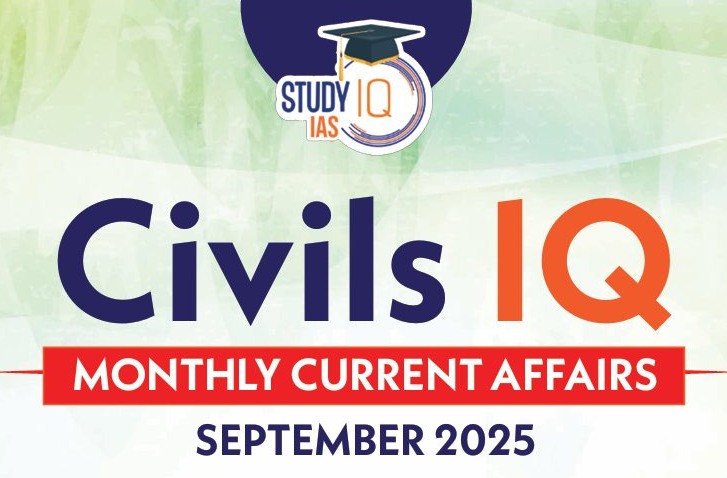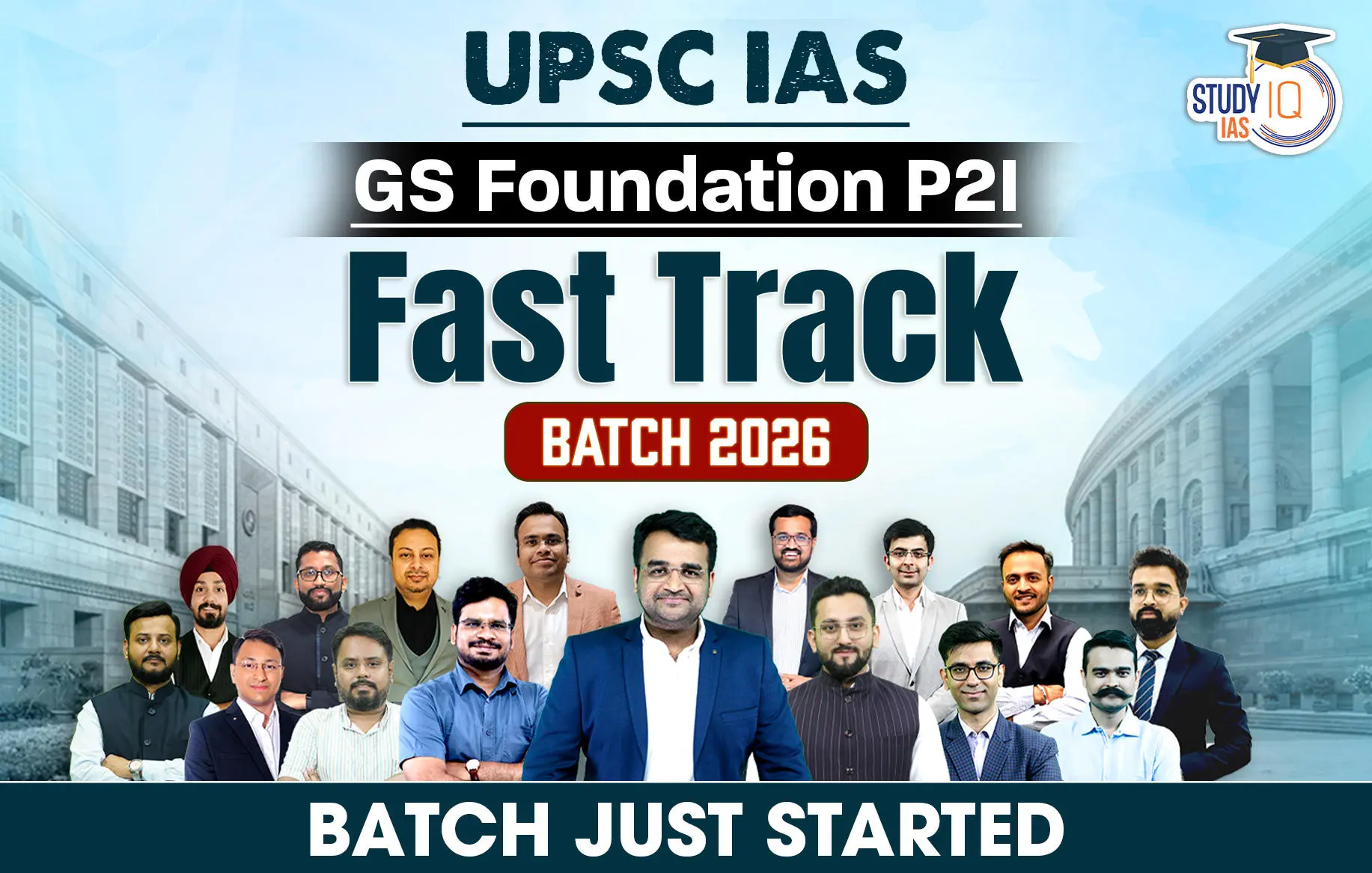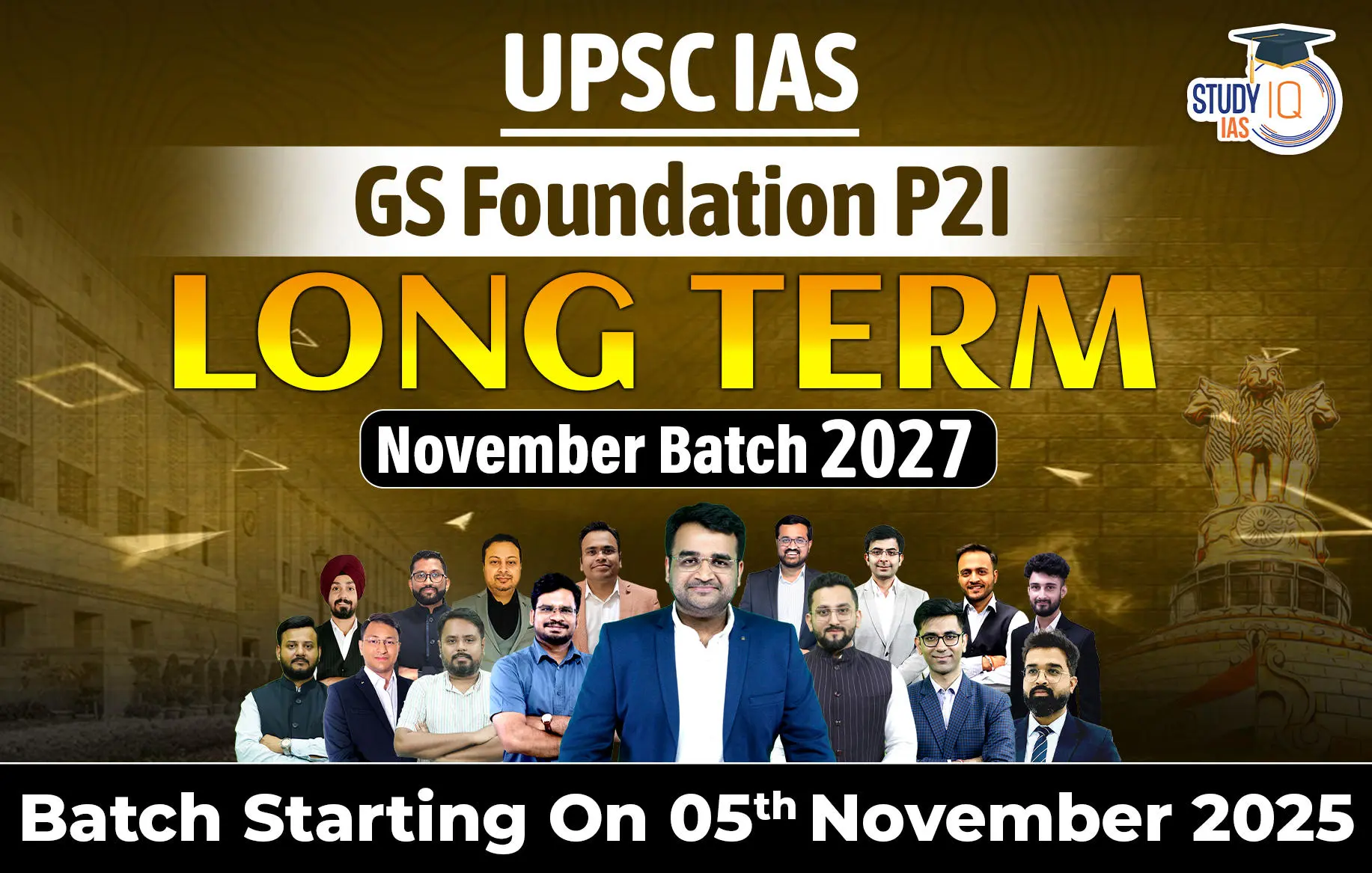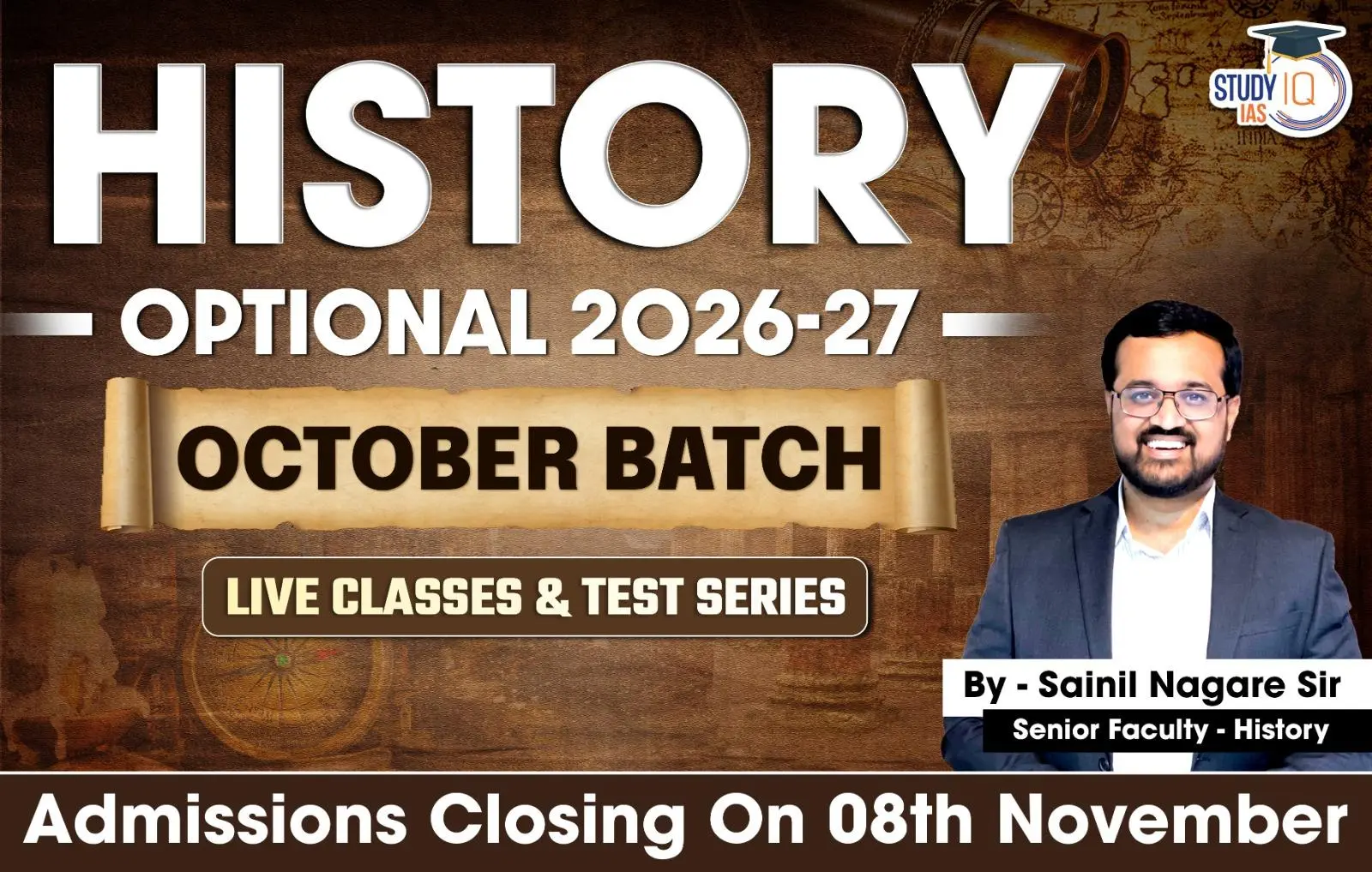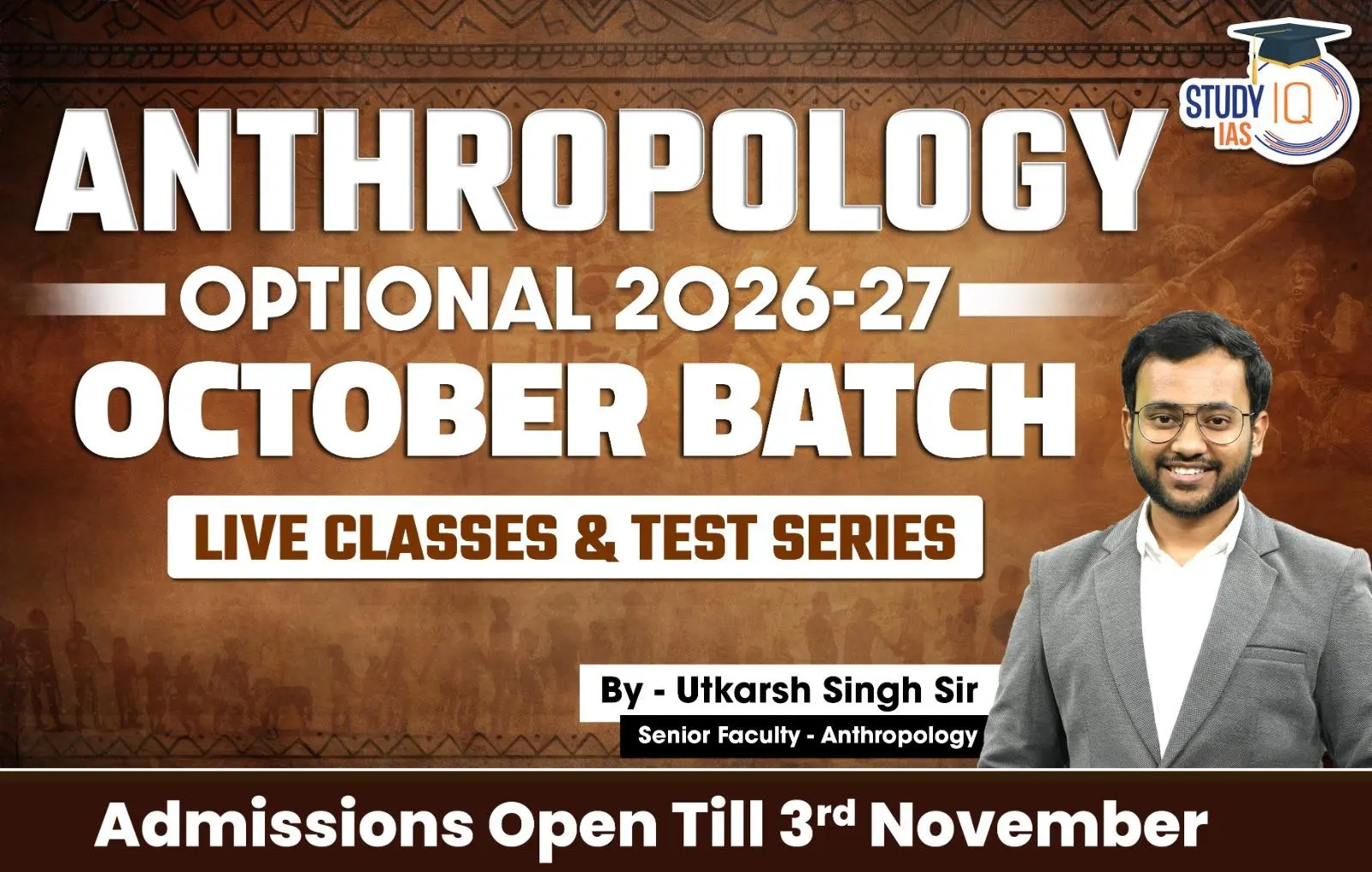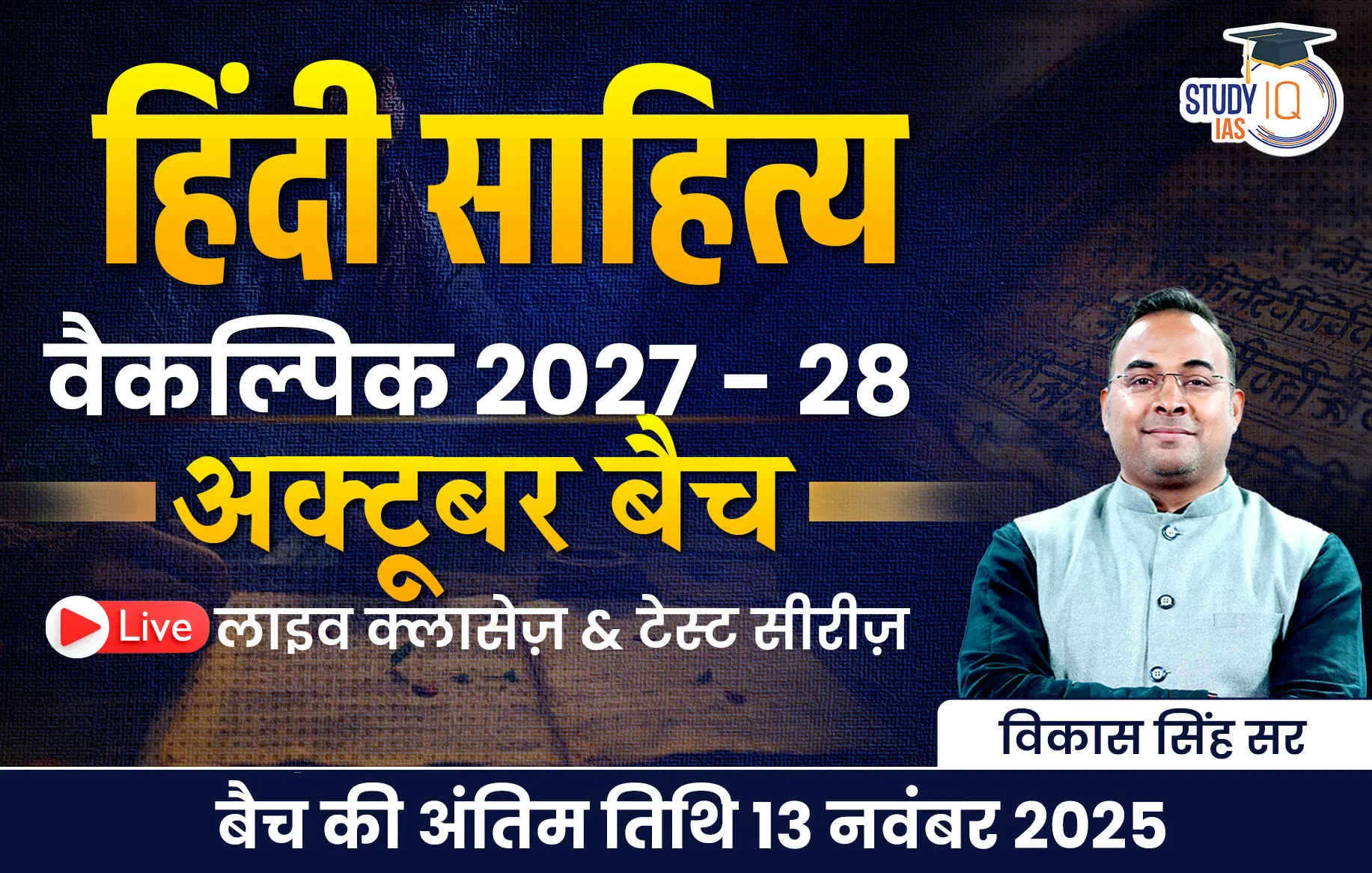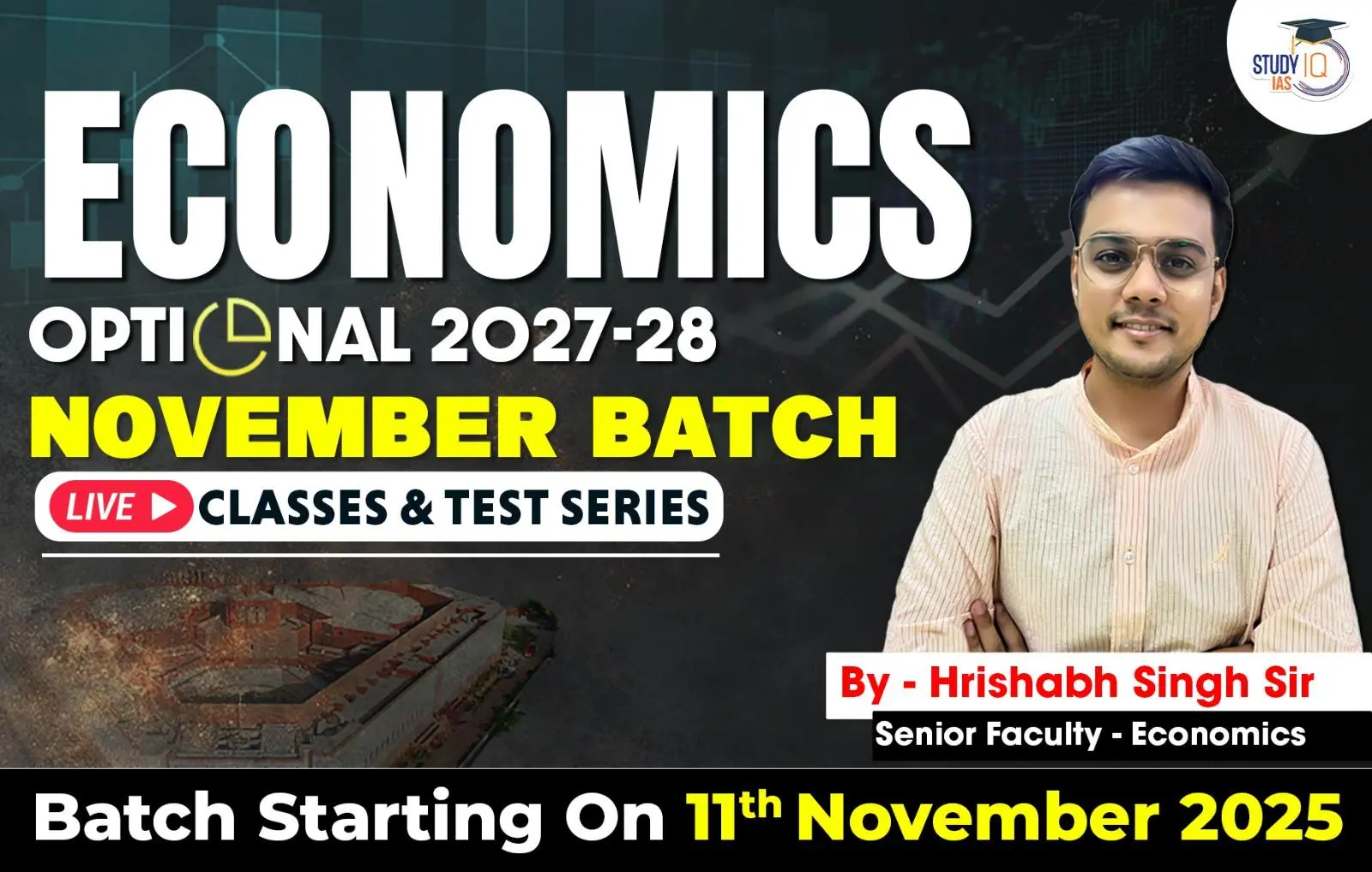Table of Contents
Context
- As the 2024 elections progress, numerous campaign pledges focus on housing issues.
- However, India is facing a significant housing crisis.
Challenges in Addressing India’s Housing Crisis
Economic Viability
- Building affordable housing remains economically challenging due to high land and construction costs.
- Constructing low-cost houses for low-income people isn’t economically viable without subsidies, which adds to the government’s financial burden.
Mismatch between Supply and Demand
- Despite a high number of housing units being built, there remains a mismatch in the type of housing being constructed and the needs of the poorest classes.
- The first quarter of 2024 saw a decline in affordable housing supply to just 18% of new units, with mid-segment homes dominating the market.
Vacant Housing Units
- The paradox of vacant housing units alongside a significant housing shortage indicates inefficiencies in housing allocation and usage.
- As of the 2011 Census, there were 11 million vacant housing units, which suggests a need for better policy mechanisms to utilise existing resources effectively.
Urban Congestion and Slums
- Over 65 million people, or about 5% of India’s population, lived in slums according to the 2011 Census.
- This highlights the issue of urban congestion and inadequate infrastructure in existing housing provisions.
Government Policies on Housing
- Constitutional and Judicial Foundations: The Supreme Court has interpreted the right to housing as part of the fundamental right to life under Article 21 of the Constitution.
Historical Policy Initiatives
- Indira Awaas Yojana (1985): Focused on rural housing.
- Jawaharlal Nehru National Urban Renewal Mission (JNNURM) (2005): Aimed at urban housing development.
- Rajiv Awas Yojana and Rajiv Rinn Yojna: Followed recommendations from the 2008 Parekh Committee report.
- Housing for All (2015-22): Introduced by the Modi government, including schemes like Pradhan Mantri Awas Yojana (PMAY) for both rural (Gramin) and urban (Urban) areas.
Details on PMAY-U and PMAY-G
Pradhan Mantri Awas Yojana-Urban (PMAY-U)
- Launched in June 2015 with a target to provide homes to 1.18 crore families by December 2024. As of March 2024, about 67% of the target has been met, with 80 lakh units.
- The scheme was extended to December 31, 2024, to complete sanctioned houses, with a significant portion of the housing not targeted at the urban landless poor.
- The slum rehabilitation scheme under PMAY-U has sanctioned 2.96 lakh homes.
Pradhan Mantri Awas Yojana-Gramin (PMAY-G)
- Started in 2016 aiming to construct 2.95 crore houses, with a funding split of 60:40 between the Centre and State.
- As of April 30, 2024, about 2.6 crore houses have been completed.
- Over 69% of the houses are either wholly or jointly owned by women, reflecting a policy emphasis on female empowerment.
State-Level Initiatives
Andhra Pradesh’s Housing Schemes
- The Navaratnalu-Pedalandariki Illu scheme aimed to construct 21.76 lakh houses with an outlay of ₹56,700 crore.
- By October 2023, 7.43 lakh houses were completed, and the State had acquired over 77,000 acres of land.
- The government has a target of building 1.79 lakh homes by March 2024, emphasising women’s empowerment by registering houses in the names of female beneficiaries.
Way Forward
Enhanced Subsidies and Financial Incentives
- To make low-cost housing more economically viable, the government could increase subsidies for land and construction costs or provide tax incentives to developers who build affordable housing.
- This could help bridge the gap between the cost of building houses and the price that low-income individuals can afford.
Utilisation of Vacant Units
- Policies could be devised to make better use of the 11 million vacant housing units.
- These could include rental subsidies to make these units affordable for low-income families or converting them into social housing projects.
Comprehensive Urban Planning
- To address urban congestion and the proliferation of slums, a more integrated approach to urban planning is needed.
- This could involve the development of new urban centres with adequate infrastructure to divert population and economic activities from overcrowded cities.
Focus on Women and Vulnerable Groups
- Following the example of PMAY-G, where over 69% of houses are owned wholly or jointly by women, housing policies could continue to empower women and other vulnerable groups by ensuring property rights and participation in housing schemes.
State-Level Initiatives and Coordination
- There should be increased coordination between the central and state governments to align national objectives with local needs and capabilities.

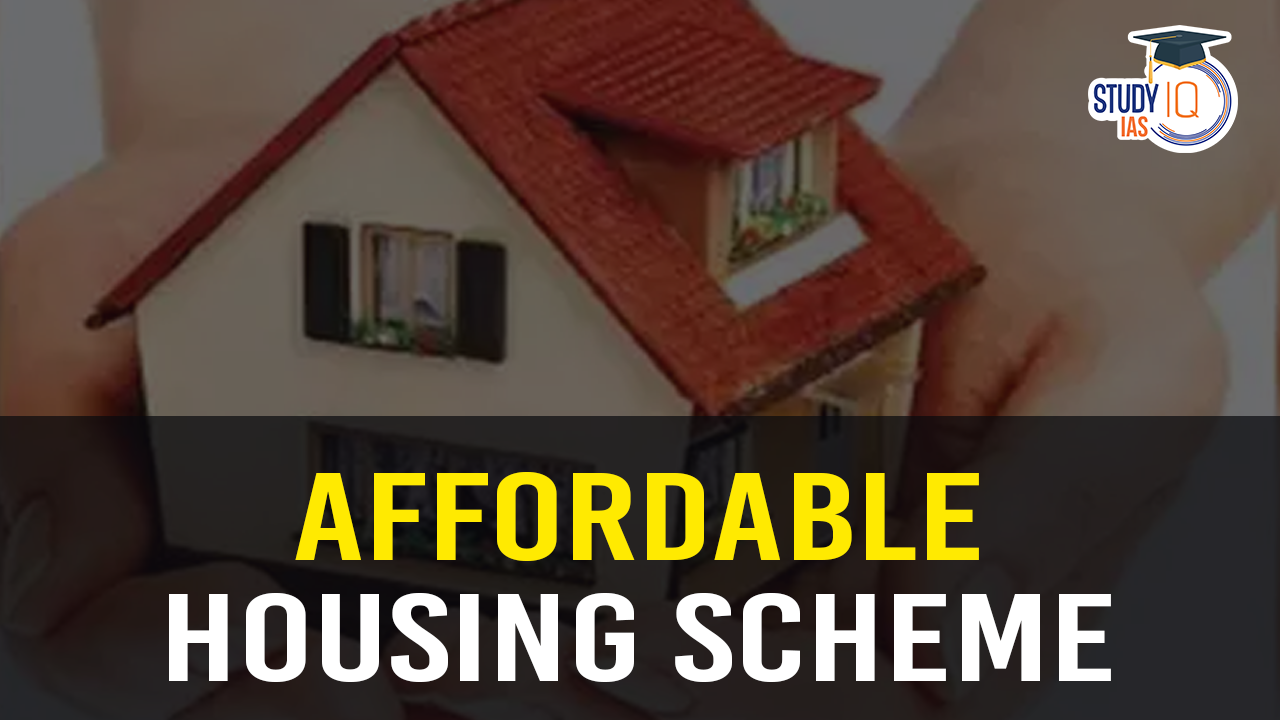
 Umngot River: Meghalaya’s Jewel Turns ...
Umngot River: Meghalaya’s Jewel Turns ...
 100 Years of Indian Hockey: Celebrating ...
100 Years of Indian Hockey: Celebrating ...
 BRICS Pay: The New Global Payment Revolu...
BRICS Pay: The New Global Payment Revolu...
